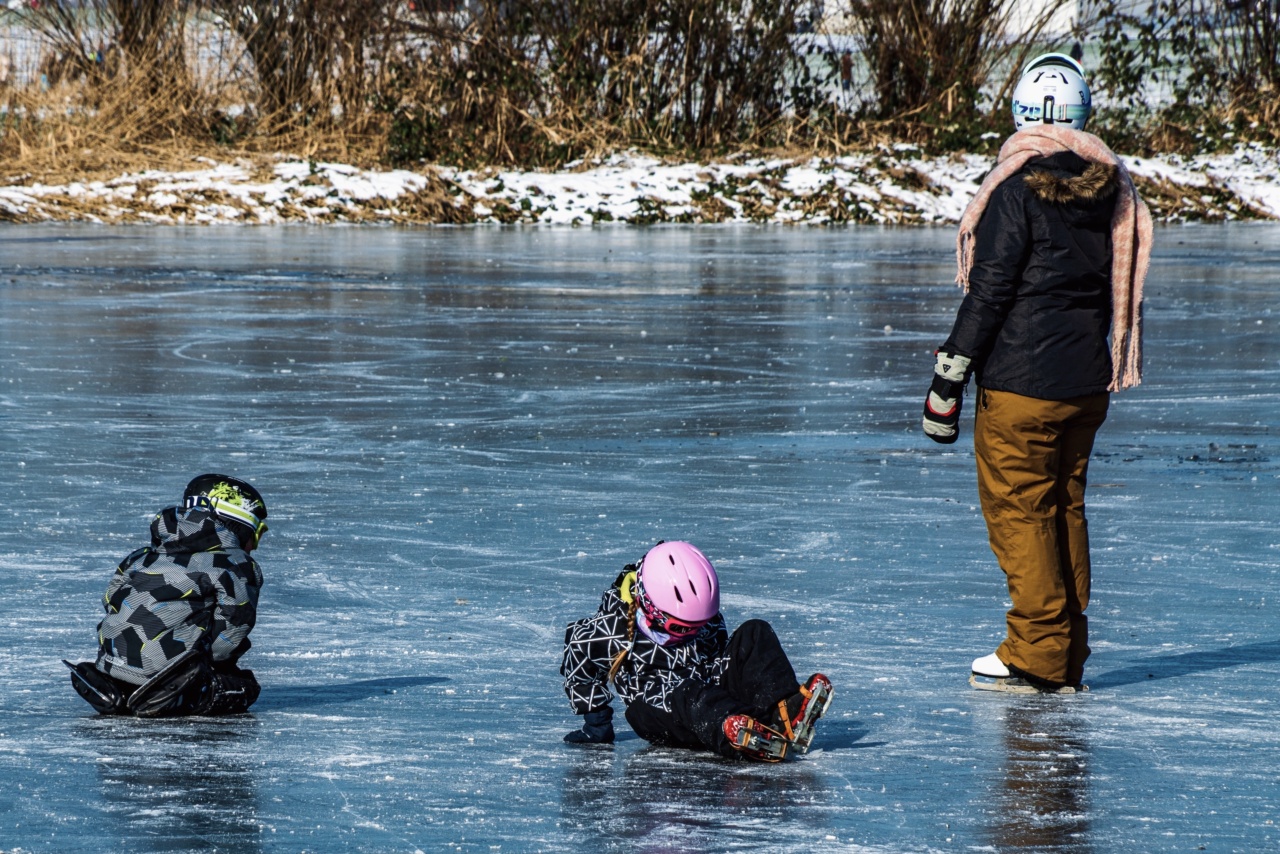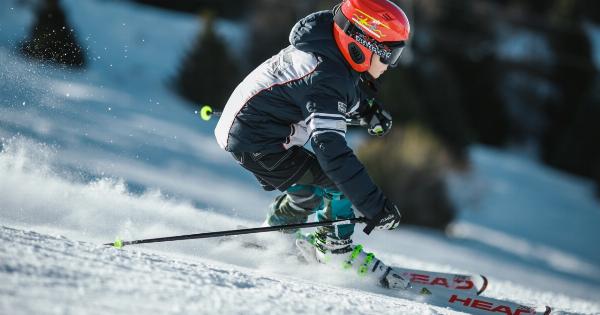Winter is a beautiful season, and it offers plenty of activities to enjoy. From skiing and snowboarding to ice-skating and sledding, there’s no shortage of fun things to do during the winter months.
However, it’s important to remember that those activities can also be dangerous, especially if you’re not properly prepared. Cold weather can be harsh on your body, and it’s important to take steps to protect yourself. In this article, we’ll discuss how to protect your body during winter activities, so you can have fun without worry.
Dress in layers
The most important thing you can do to protect your body during winter activities is to dress properly. Dressing in layers is the best way to ensure that you’re comfortable and protected.
Start with a moisture-wicking base layer, which will help keep you dry by pulling sweat away from your skin. Next, add a warm middle layer, like a sweater or a fleece jacket. Finally, add a waterproof outer layer, like a ski jacket, to protect you from wind and moisture.
Layering allows you to add or remove clothing as you need, which is important when your body temperature shifts during physical activity.
Protect your extremities
When it comes to keeping your body warm, it’s important to protect your extremities. Your hands, feet, and head are the most vulnerable to cold temperatures. Make sure you wear thick socks and waterproof boots to keep your feet dry and warm.
Wear gloves or mittens that are insulated to keep your hands warm and dry. Finally, wear a hat, scarf, and face mask to keep your head and face protected from the cold wind.
Stay hydrated
It’s easy to forget about staying hydrated during the winter months, but it’s just as important as it is during the summer. Cold weather can be dehydrating, especially if you’re participating in physical activities.
Make sure you drink plenty of water before, during, and after your winter activities. Hot beverages like tea or soup can also help keep you hydrated and warm.
Be aware of hypothermia
Hypothermia occurs when your body temperature drops below normal, and it can be life-threatening. Symptoms of hypothermia include shivering, confusion, slurred speech, and loss of coordination.
If you or someone you’re with starts to show these symptoms, seek medical attention immediately. To prevent hypothermia, dress appropriately, stay dry, and take breaks in a warm, dry place if you start to feel cold.
Protect your skin
Winter weather can be harsh on your skin, so it’s important to protect it. The cold wind can dry out your skin, and sun exposure can still be harmful even during the winter months.
Protect your skin by wearing sunscreen with at least SPF 30, even on cloudy days. Use a moisturizer to keep your skin hydrated, and don’t forget to protect your lips with a lip balm that contains SPF.
Warm-up before activities
Before you start any physical activity, it’s important to warm-up your muscles. This can help prevent injuries and make your activity more enjoyable. Do some light stretching, and start with a slow pace before gradually increasing intensity.
This will give your muscles time to warm up and prepare for the activity.
Know your limits
Winter activities can be challenging, but it’s important to know your limits. Don’t push yourself too hard, too fast. Start slowly and build your endurance over time. If you’re feeling tired or cold, take a break.
Don’t continue an activity if you’re feeling uncomfortable or in pain. It’s better to be safe than sorry.
Be prepared for emergencies
No matter how careful you are, accidents can happen. It’s important to be prepared for emergencies. Bring a first aid kit with you, and know how to use it.
If you’re participating in a winter sport like skiing or snowboarding, wear a helmet to protect your head from injury. Always tell someone where you’re going and when you’ll be back, and bring a fully charged cell phone with you in case of an emergency.
Conclusion
Winter activities can be fun and exciting, but they can also be dangerous if you’re not properly prepared.
Protecting your body during winter activities starts with dressing in layers, protecting your extremities, staying hydrated, being aware of hypothermia, protecting your skin, warming up before activities, knowing your limits, and being prepared for emergencies. By following these tips, you can have a safe and enjoyable winter season.































